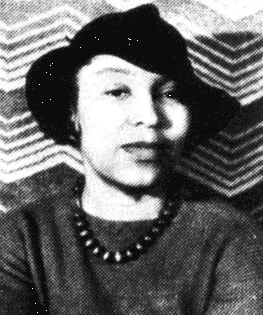Although we’ve read many compelling analogies to the suffering of animals and various instances of human suffering, I found the slavery analogy in “Am I Blue?” to be somewhat unpersuasive. This objection occurs mostly in the passages referring to Blue’s partner. “The children next door explained that Blue’s partner had been “put with him” (the same expression that old people used, I had noticed, when speaking of an ancestor during slavery who had been impregnated by her owner) so that they could mate and she conceive” (613). These relationships seem to be borne out of financial necessity, with no romantic fulfillment whatsoever. However, it is advanced in the passage as if they are similar. The difference occurs when Blue actually receives fulfillment from the relationship, when he has “a look of independence, of self-possession, of inalienable horseness” (613). This is where the problem occurs. In order for the analogy to work, either the slave relationships are temporarily fulfilling or the horse’s relationship wasn’t. When delving deeper, it is also worth noting that the problem with the original slave relationship is the lack of autonomy in the first place. However, the narrator’s treatment of Blue’s relationship objects to the removal of the partner, instead of the lack of autonomy in their initial pairing. I think that there are more fundamental questions about the freedom of Blue that must be critiqued that provides a more ambivalent description of his relationship with the brown horse.

One quotation that I found interesting in the Spiegel passage is the usage of Their Eyes Were Watching God by Zora Neale Hurston. Hurston writes, “So de white man throw down de load and tell de nigger man tuh pick it up. He hand it to his womanfolks. De nigger woman is de mule uh de world so fur as Ah can see…” (635). In this passage, Hurston explicitly writes about the intersection of race and gender, which reminded me of many of our discussions that we have had in class (including the one last Tuesday). However, I’m not entirely sure how this applies to animals. If human beings, as animals, are able to develop oppressive attitudes towards other beings, do inter-animal hierarchies exist? Is it possible to theorize of other types of oppression that occur between various species (or in the intersection of species and another social category) that can be theorized in the context of the intersectionality that Hurston refers to? Could speciesism activists have their own second (or third) wave just as the feminists did themselves? I think that we have a lot of room to theorize about these possibilities in the humanities in the future.
 |
| zora neale hurston |
|


No comments:
Post a Comment